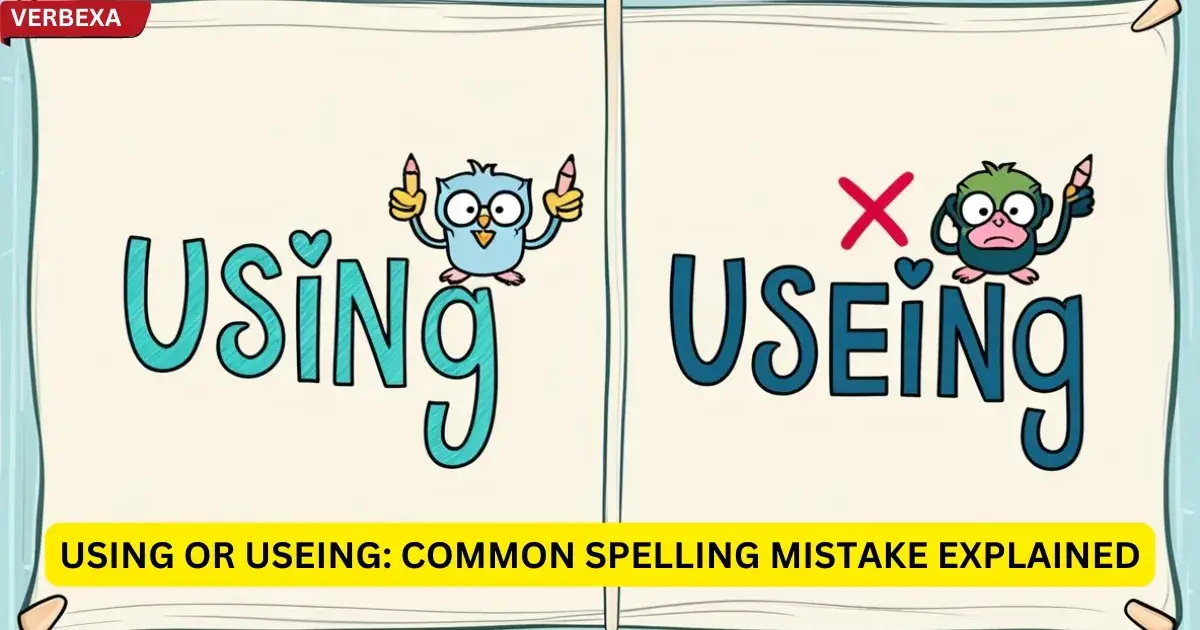In the vast landscape of the English Language, few spelling mistakes cause as much confusion as the perplexing choice between “using” and “useing”. Every day, writers and speakers grapple with this subtle yet significant grammatical challenge. Imagine submitting an important research document or crafting a professional email, only to realize you’ve fallen into the spelling trap of “useing” – a common misspelling that can undermine your credibility.
Definition and Linguistic Breakdown
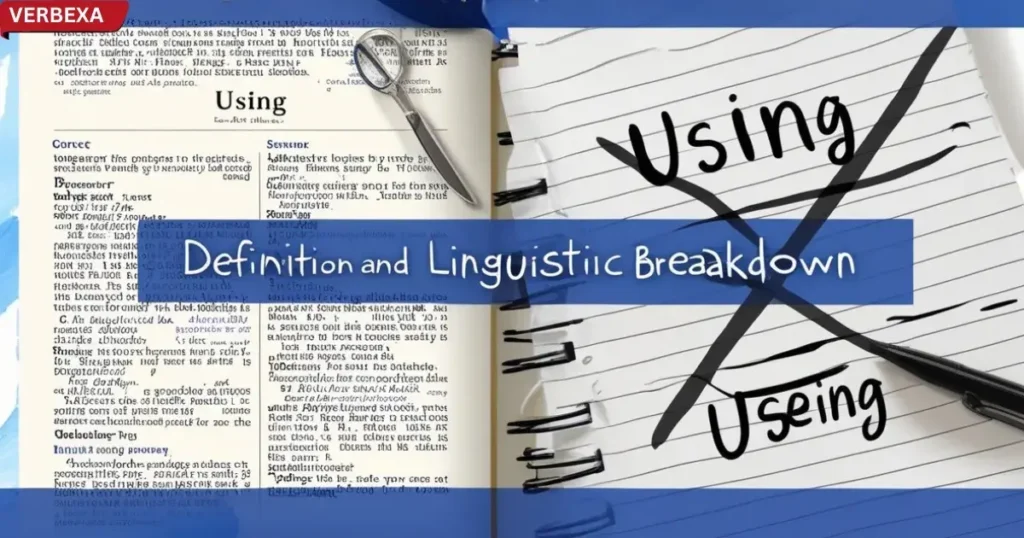
The correct spelling is undeniably using. It’s the present participle of the verb “use,” indicating an ongoing action. The incorrect spelling, “useing, is a simple misspelling. Let’s break it down:
Using
This is the correct spelling and is the present participle of the verb “to use.” It functions as a verb form, often part of a continuous tense. For example, “I am using a laptop.” Here, using acts as the main verb indicating an ongoing action. “She is using her new software for research.” Again, using shows a continuous action.
Useing
This is the incorrect spelling. It’s a misspelling stemming from an inaccurate understanding of English grammar and word formation regarding the suffix “-ing.” There’s no grammatical justification for the extra “e”. It creates a completely wrong verb form. Useing, therefore, should be avoided entirely. Using the incorrect form will affect your overall writing quality and create a negative impression.
Grammar and Spelling Rules Explained
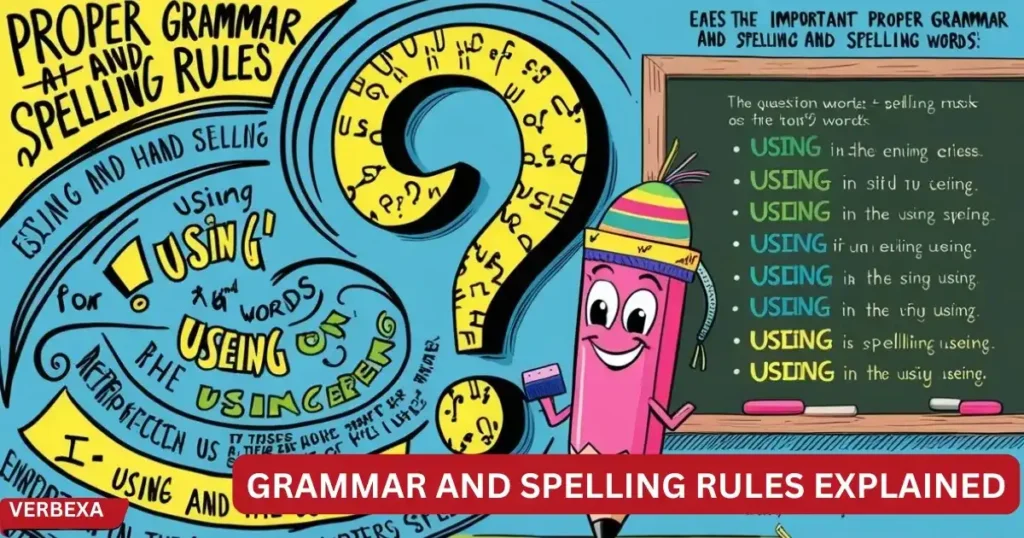
Key Spelling Principles
- Base verb: use
- Drop the final “e”
- Add “-ing”
- Result: using
Synonyms for Using
- Employing
- Utilizing
- Applying
- Implementing
- Exercising
- Exploiting
- Leveraging
- Handling
- Operating
- Executing
Synonyms for “Use” (The base verb)
- Employ
- Utilize
- Apply
- Operate
- Implement
- Exploit
- Wield
- Maneuver
- Handle
- Exercise
Comparison Table: Using vs Useing
| Aspect | Using | Useing |
|---|---|---|
| Spelling | Correct | Incorrect |
| Grammatical Status | Standard Verb Form | Misspelling |
| Context | Professional writing, academic papers | None (considered an error) |
| Language Acceptability | Fully acceptable | Unacceptable |
When to Use “Using”
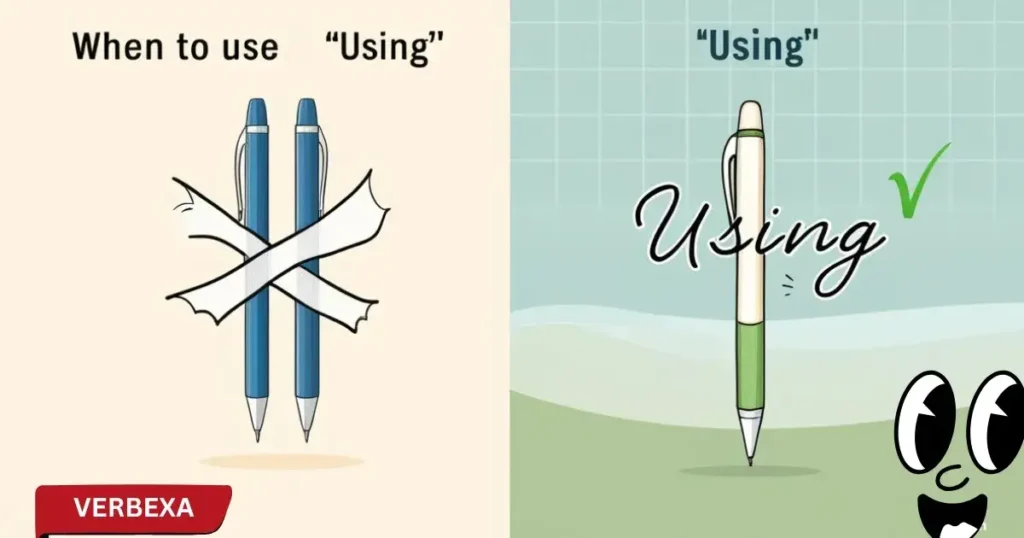
Correct Usage scenarios include:
- Research documentation
- Software interfaces
- Academic writing
- Professional project communication
- Technical argument construction
Everyday Usage Examples
- “I am using my laptop for the presentation.”
- “She is using advanced research resources effectively.”
- “They are using innovative problem-solving techniques.”
Common Misspelling Traps
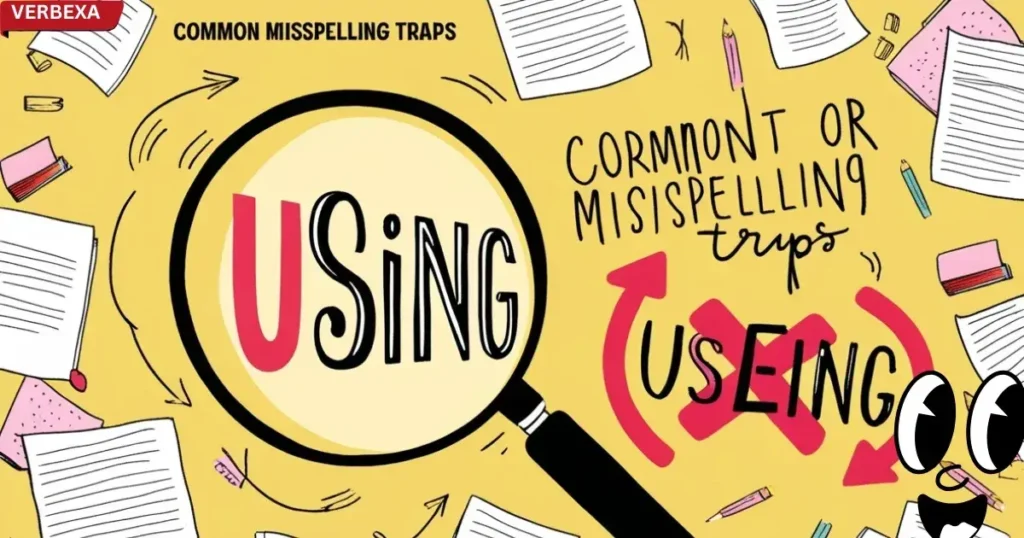
Writers often fall into spelling mistake patterns due to:
- Misunderstanding suffix rules
- Phonetic confusion
- Lack of attention to grammatical rules
Pro Tips for Spelling Perfection
- Always drop the “e” before adding “-ing”
- Proofread your documents
- Use digital grammar checking tools
- Practice word formation rules
Frequently Misspelled Variations
- “how do you spell using”
- “useing or using”
- “how to spell using”
FAQs
How to spell using
The correct spelling is “using”; there is no other acceptable way to spell it. It’s the present participle of the verb “to use”.
How to spell useing
“Useing” is not a word; it’s a common misspelling. The correct spelling is “using”.
How do you spell using
The correct and only way to spell this word is “using”. There’s no other valid spelling.
How do you spell words correctly?
Use a dictionary or spell-checker; proofread carefully. Understanding basic spelling and grammar rules also helps.
How do you spell “using” in a sentence?
You simply spell it “using” within a sentence, as in “I am using my computer.” The spelling remains consistent.
What are the three ways to spell to?
There’s only one way to spell “to”—as “to.” There are no other variations.
What is the meaning of the word thier?
“Thier” is a misspelling; there is no such word. Did you perhaps mean “their,” which means belonging to them?
Conclusion: Mastering Spelling and Usage
Understanding the difference between “using” and “useing” goes beyond mere spelling. It reflects your command of English Language nuances and your attention to grammatical precision.
Understanding the correct form is critical for effective communication. Mastering this seemingly minor detail demonstrates attention to detail and adherence to standard English language rules, enhancing the clarity and professionalism of your writing and speech. Remember, “using” is the only acceptable form. Avoid the incorrect spelling “useing” at all costs.
Final Takeaway
Remember, “using” is the correct spelling in all standard English contexts. “Useing” is simply an error to avoid.
Quick Reference
- ✓ Correct: using
- ✗ Incorrect: useing
Embrace these language rules, and you’ll communicate with confidence and precision!

This author is a passionate linguist and grammar enthusiast, dedicated to helping individuals master the art of language. With years of experience in teaching and editing, she brings clarity and precision to every sentence. Tina’s mission is to empower writers of all levels to express themselves with confidence and excellence.

